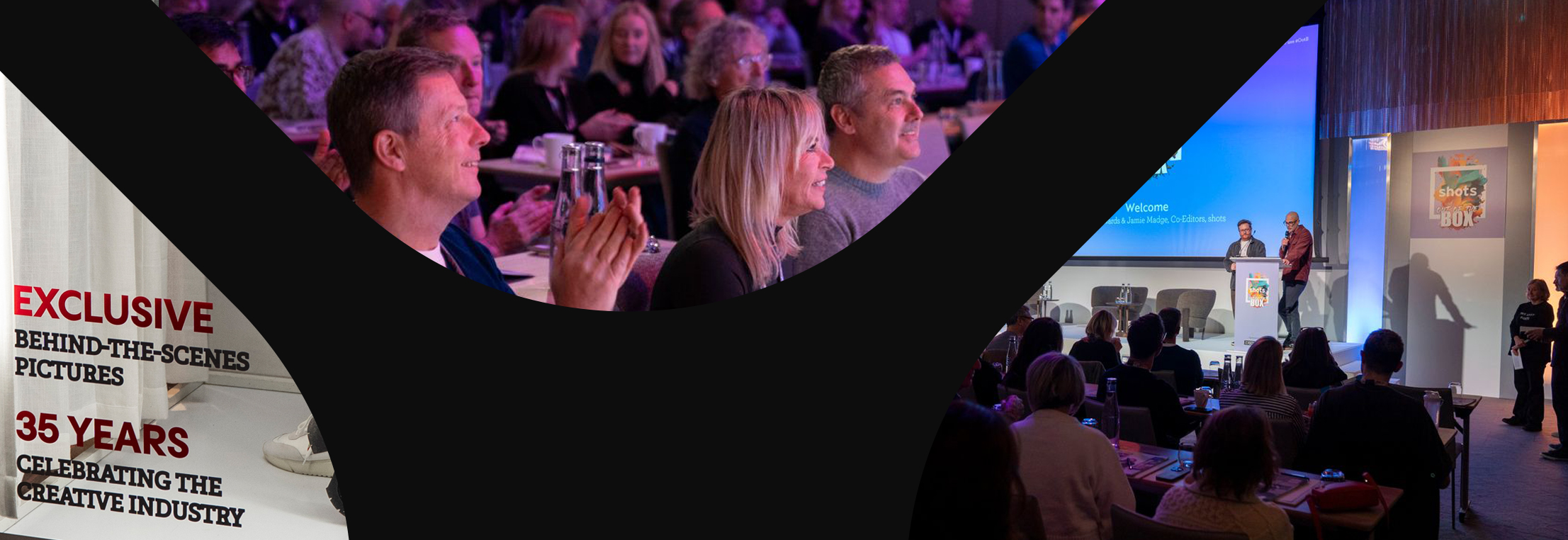Marketers Celebrate Black History Month
The Pew Research Center reports that in 2019 nearly 47 million US residents identified as Black, a figure that’s expected to increase by double digits in the coming decades. As the influence of Black consumers grows, so will their buying power, which should reach a staggering $1.8 trillion by 2024. Multicultural marketing is keeping pace with this uptick in diversity. Over 6,000 advertisers invested $1.2 billion in traditional media, in the first half of 2022 alone, with the goal of connecting with Black audiences. As countries around the world, including the US, Canada and Germany, celebrate Black History Month this February—followed in October by Ireland, the Netherlands and the United Kingdom—we share a few examples of brands looking to resonate with this historically marginalized minority group.
Shining a light on Black creators, activists, and business owners is a thoughtful step towards amplifying marginalized voices. Target for example, as part of the brand’s diversity, equity and inclusion commitments, launched its “Black Beyond Measure” initiative that supports Black-owned or designed labels. The brand also boosted its spend in Black and Latino-owned media by 30% over the holidays, adding to a substantial investment made earlier in the year. As part of its effort, the global retailer is releasing nearly a dozen spots on various channels, including linear TV, digital and social media platforms. This is encouraging progress moving the industry in the right direction. Target, however, did receive criticism from the community for some of the language and phrases printed on shirts in the new line, which caused considerable discussion on social media. A reminder of how important it is for brands to get the messaging right and stay open to feedback from those they aim to support.
P&G has led the way in embracing diversity in marketing. In a keynote at the ANA’s Multicultural Marketing and Diversity conference in November of last year, the company’s Chief Brand Officer, Marc Pritchard, noted that 100% of U.S. population growth in the past 10 years has come from increases in the Black, Hispanic, Asian, Pacific Islander, Native, Indigenous, multi-racial, and multi-ethnic segments of the population, whose collective buying power is worth more than $5 trillion. At P&G, he says, half of their U.S. sales growth comes consistently from those consumers. In fact, Nielsen reports that 55% of Black viewers favor brands with advertising in which they’re represented.
A new PSA created by the Ad Council, the American Foundation for Suicide Prevention, and the Jed Foundation, brings attention to the fact that mental illness affects all human beings, regardless of gender, age, or ethnicity. The campaign also highlights the compromising stigma young men and women of color often face when seeking emotional and psychological support. In some instances, therapy is pigeonholed as “a white people thing” and struggles seen as slight obstacles that can be overcome if one could “just think happier thoughts.” Chief Executive Officer of Jed, John MacPhee, sums it up: “Black and Hispanic/Latine youth face additional challenges in accessing the care they deserve. As mental health leaders for our country’s youth, we are responsible for providing resources that address the unique challenges that all young people face while advocating for increased equity in mental health.” The 60-second spot, part of the Ad Council’s larger “Seize the Awkward” campaign, aims to empower change in people aged 16 to 24 by encouraging them to openly discuss mental health.
To celebrate Black History is to rejoice in the nuances of the community. To recognize achievements, big and small. To honor mighty generations of resistance and to further the social, political, economic, academic, and creative contributions of the Black diaspora. Populations of the global majority are, and have always been, diverse. For brands, there is no better time than the present to speak to the needs of those distinct consumers every day of the year. Happy Black History Month!



